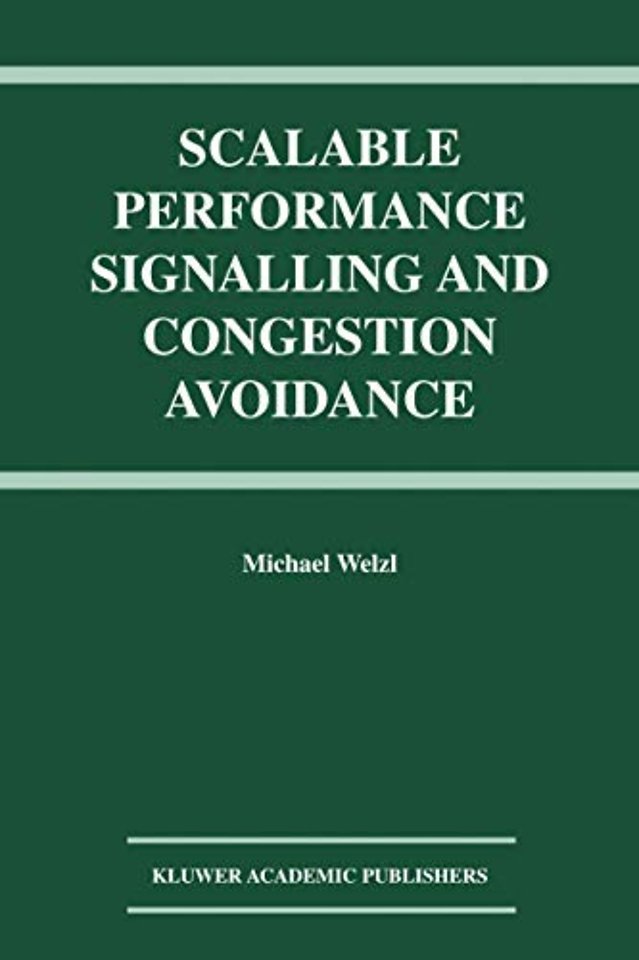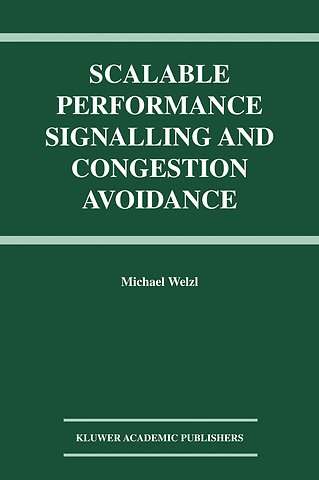Scalable Performance Signalling and Congestion Avoidance
Gebonden Engels 2003 2003e druk 9781402075704Samenvatting
This book answers a question which came about while the author was work ing on his diploma thesis [1]: would it be better to ask for the available band width instead of probing the network (like TCP does)? The diploma thesis was concerned with long-distance musical interaction ("NetMusic"). This is a very peculiar application: only a small amount of bandwidth may be necessary, but timely delivery and reduced loss are very important. Back then, these require ments led to a thorough investigation of existing telecommunication network mechanisms, but a satisfactory answer to the question could not be found. Simply put, the answer is "yes" - this work describes a mechanism which indeed enables an application to "ask for the available bandwidth". This obvi ously does not only concern online musical collaboration any longer. Among others, the mechanism yields the following advantages over existing alterna tives: • good throughput while maintaining close to zero loss and a small bottleneck queue length • usefulness for streaming media applications due to a very smooth rate • feasibility for satellite and wireless links • high scalability Additionally, a reusable framework for future applications that need to "ask the network" for certain performance data was developed.
Specificaties
Lezersrecensies
Inhoudsopgave
Rubrieken
- advisering
- algemeen management
- coaching en trainen
- communicatie en media
- economie
- financieel management
- inkoop en logistiek
- internet en social media
- it-management / ict
- juridisch
- leiderschap
- marketing
- mens en maatschappij
- non-profit
- ondernemen
- organisatiekunde
- personal finance
- personeelsmanagement
- persoonlijke effectiviteit
- projectmanagement
- psychologie
- reclame en verkoop
- strategisch management
- verandermanagement
- werk en loopbaan

